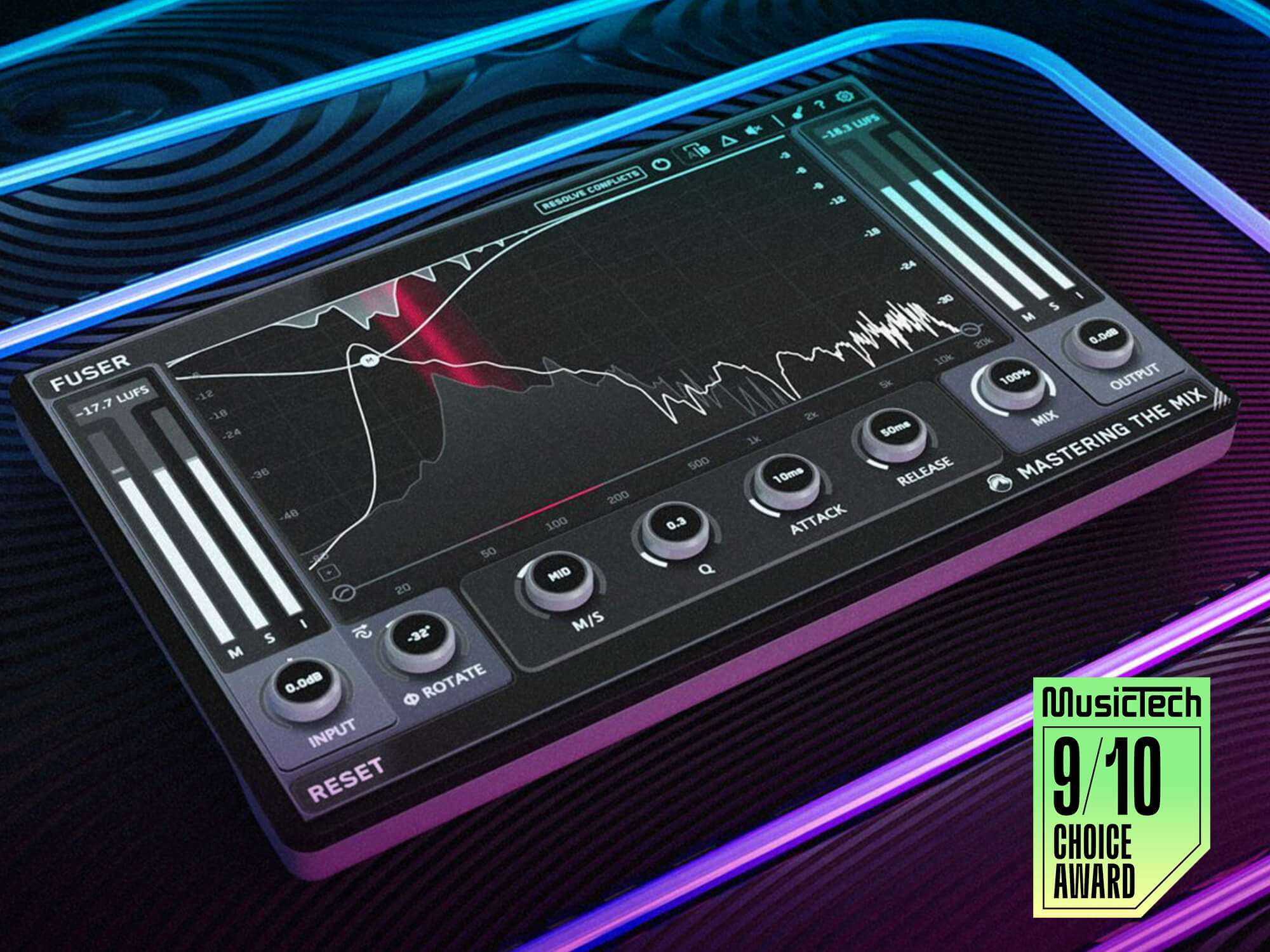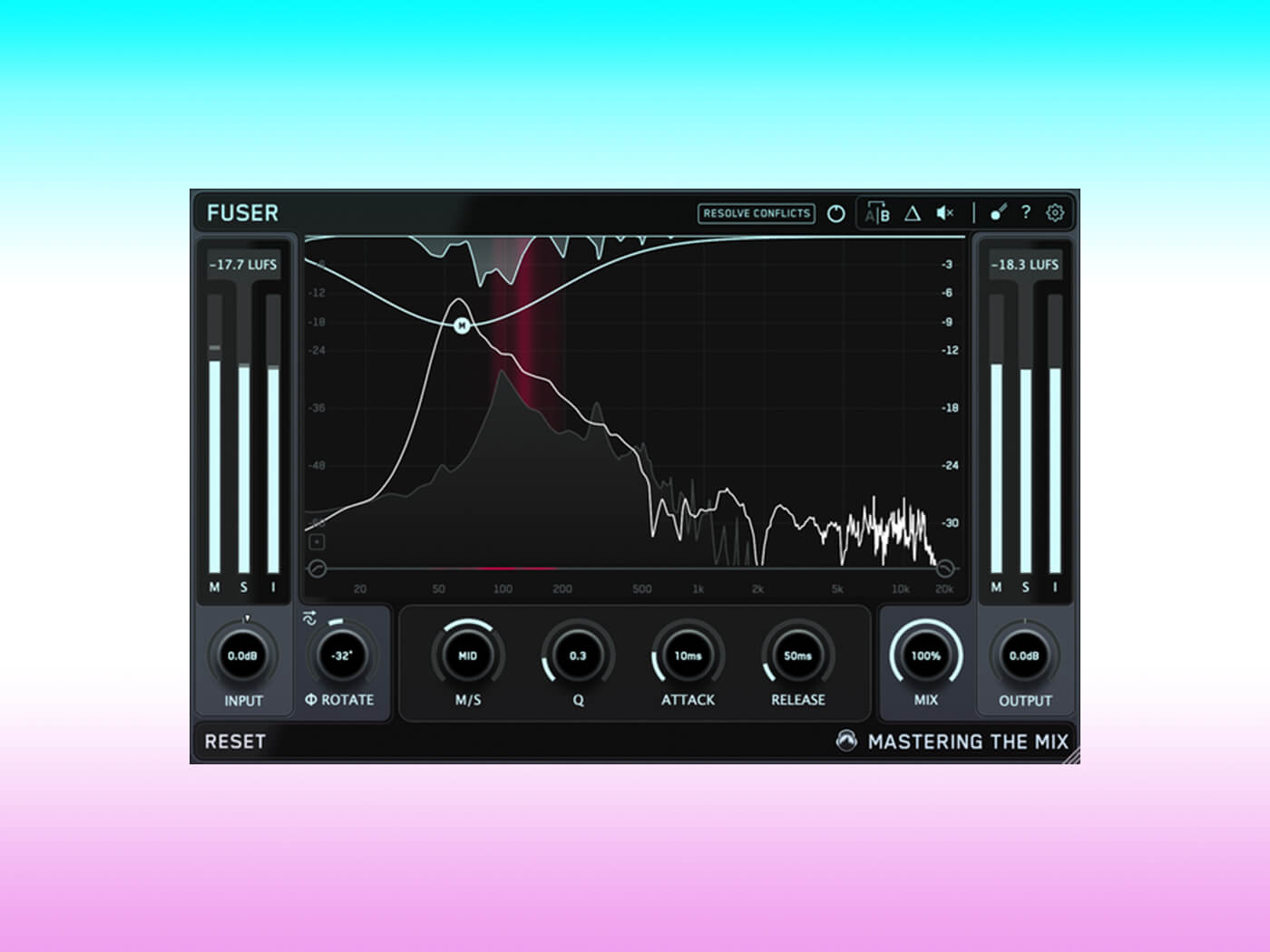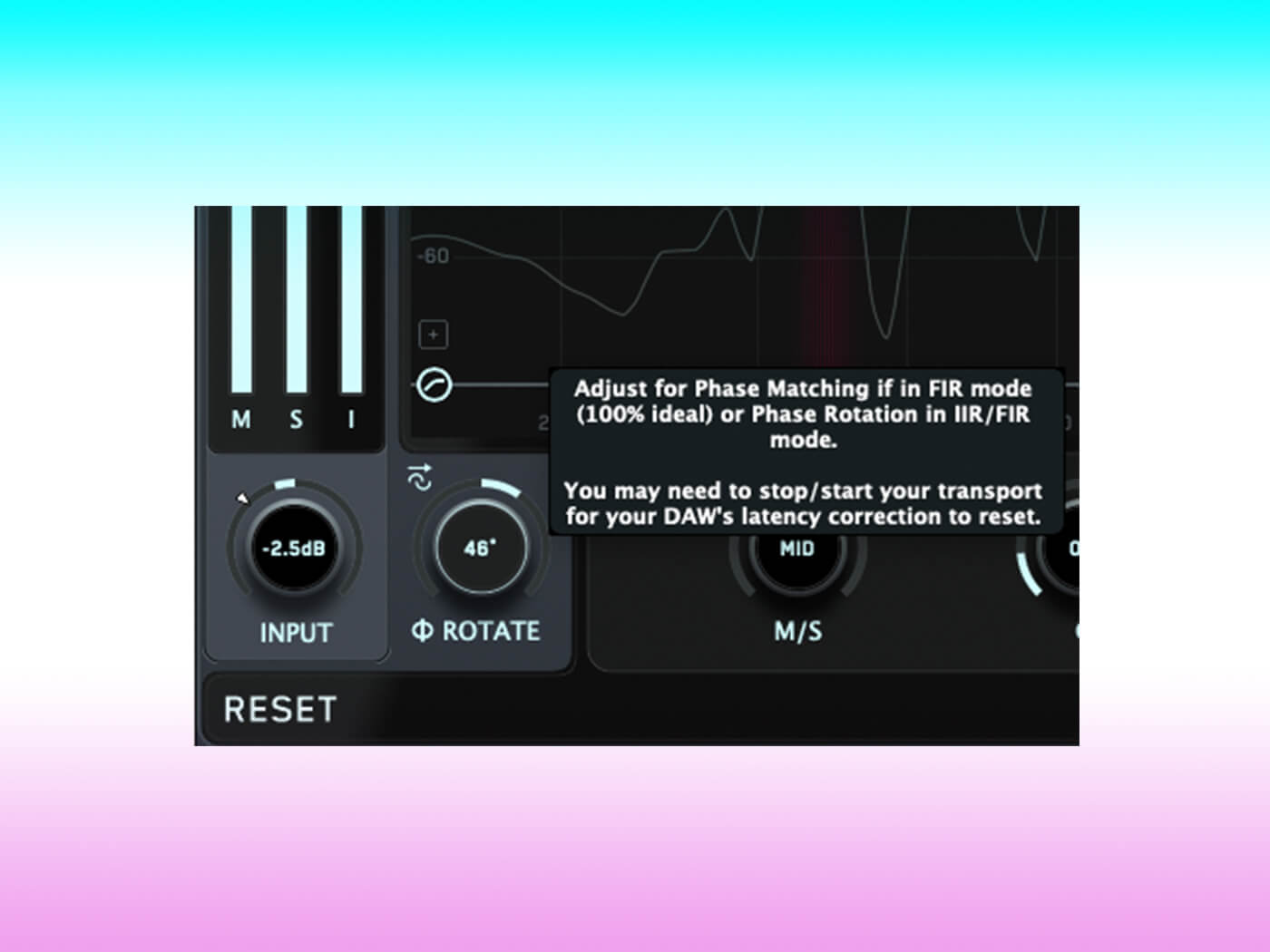Mastering The Mix’s Fuser helps clean up your mix and reduce frequency clashes
A feature-packed plugin at a fair price, but does it offer a significant improvement over its competitors?

Mastering The Mix Fuser. Image: Mastering The Mix
Review Overview
Our rating
9
Our verdict
⊕ High-quality filters give clean results
⊕ Phase Rotate is superb for getting punchier drum layers
⊕ M/S controls provide extra precision
⊖ Dialling in settings for the best results can be complicated
⊖ Minimum attack speed is 1ms with no lookahead
Everyone has trouble producing a clean mix from time to time – especially in the low end. One useful way to create space in a mix is to dynamically duck a bass part when the kick plays, for example. Sidechain compression is one way to achieve this but arguably the most transparent way is to only duck the frequencies that are clashing, rather than the entire signal. But plugins using this technique often take a broad approach – Mastering The Mix’s Fuser lets you dial in exactly where you want to clean up your audio.
To use Fuser, put an instance on the track you’d like to make space in (such as a bass bus), and then feed the sound that you want more prominent (like a kick drum) into the sidechain input. After a few seconds of listening, the spectrogram in the centre will show any frequency collisions, with red areas indicating clashes in the mid-channel, and yellow in the side channel. You can then hit a Resolve Conflicts button, and Fuser will add one or more parametric bands that focus the processing where it’s needed.
At its most basic, this is all that’s required to make a noticeable improvement to the audio without overdoing the processing – but you can go deeper and tweak things to refine the results. You can have up to ten bands, each with controls for quality (Q), attack and release, and where it’s placed between the mid and side channels. You simply pull a band down further to increase the amount of ducking, which is then clearly shown via a reduction curve on the spectrogram. There’s also a mix dial to help quickly pull back on the processing and a useful Delta function that lets you listen to just the clashing frequencies.

To get the best results, MTM suggests you do a little gain staging work first. As plugins can’t detect DAW volume fader levels, there’s a feature called Gain Stage Fix, which lets you input an offset for the input and sidechain channels, in case they’re not set at 0dB. There’s also a Level Match Pointer, which moves up and down around the Input level dial, offering a suggestion to help volume-match the two signals. You could choose to ignore it, but it’s possible that the mix collision issue might be improved by having the two tracks sounding more balanced.
The obvious way to test Fuser’s effectiveness is to compare it to other spectral ducking plugins. We place instances of Fuser, Wavesfactory TrackSpacer, and iZotope’s Neutron 4 Unmask plugin on a bus with lots of mid-range music content, and then set each sidechain to receive a vocal. All three capably carve out space to let the vocal shine, but when pushed a little harder, you can start to hear that Fuser has cleaner-sounding filters. Both Neutron and TrackSpacer can sound a little phase-y when you increase the amount of ducking. This is less true of Fuser, especially if you go into the settings and switch the filters from zero latency to linear phase FIR mode. Of course, this will increase your CPU load and latency – and linear phase isn’t always the best option for transient material – but as you’ll potentially be affecting an entire bus, it’s nice to know you can easily increase the sound quality.
Fuser has an interesting feature called Automatic Phase Rotation. At the click of a button, the plugin will listen to your two sources and rotate the track audio phase to find the closest fit. This is a much more nuanced approach than simply flipping the phase 180 degrees, and although it doesn’t have such a noticeable effect on higher frequency content, it’s incredibly useful and effective at increasing punch on kicks, basses and tracks with low-end.

Alternatively, you can switch Fuser into Phase Match mode to massage the sound into an exact match of the phase shape at different frequencies. This one is a bit more hit-and-miss, but it’s nice to have the option, and it can double up as a fantastic sound design tool.
Tucked away in the graph above, you also get low-cut and high-cut sliders that let you focus on the region where the phase tool is working.
To fully put the Phase Rotate function through its paces, we load up a mix project that has a ridiculous number of kick drum tracks. In normal circumstances, it would take a lot of work to get these to sit well together and we would likely end up scrapping some of the layers. However, after selecting a single kick as the sidechain input and then using the Phase Rotate (and a small amount of Phase Match), we are able to get a large-sounding and surprisingly usable kick sound.
Our minor gripe with Fuster is that the minimum attack speed for the ducking is 1ms and there’s no lookahead. This means you may find small transients slip through when working on certain percussive sounds. To be fair, it’s unlikely you’ll be using Fuser to duck in this extreme way; it works best when used subtly.
Ultimately, Fuser does what several other plugins already do, but it does it with more finesse and accuracy. TrackSpacer is five years old now, but is still an effective plugin that gets the job done quickly. If you feel like you’d like a little more control though, then Fuser is another step up that lets you hone your ducking with more precision. It also has the excellent Phase Rotate function which is a must-have for anyone who likes to layer drum sounds.